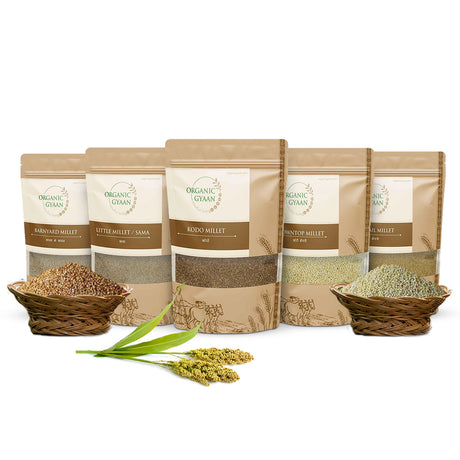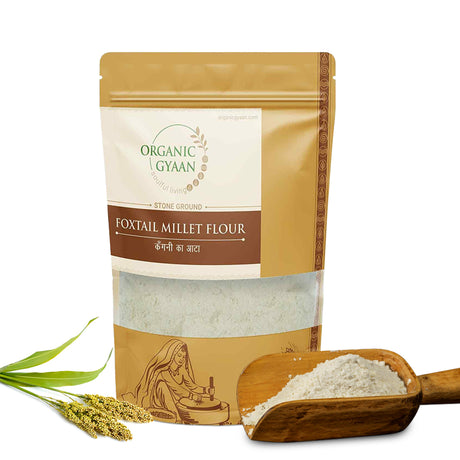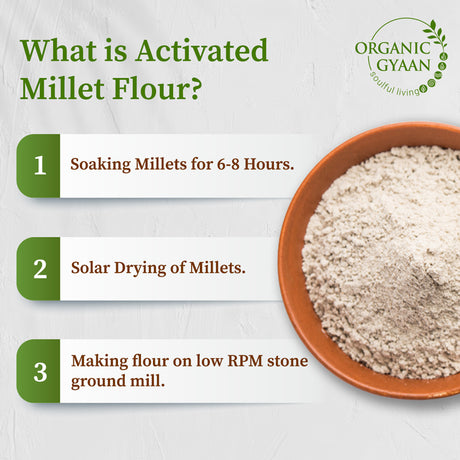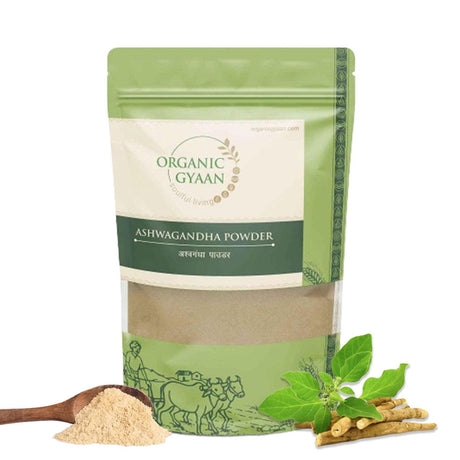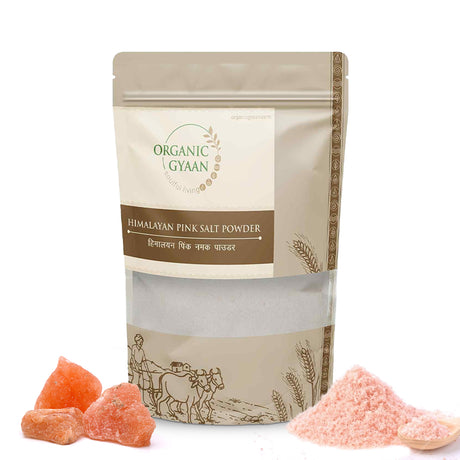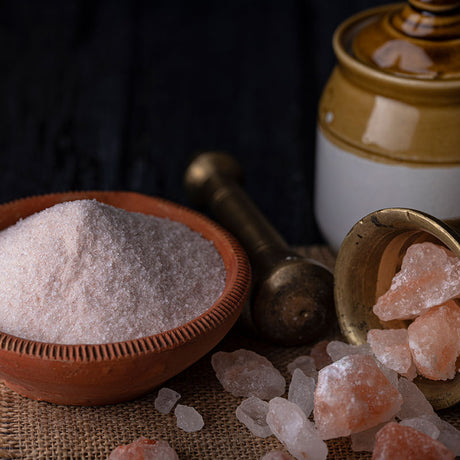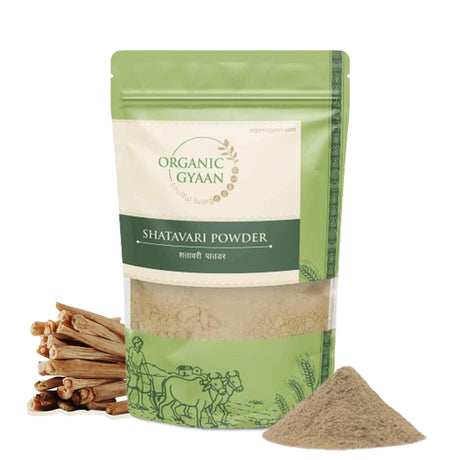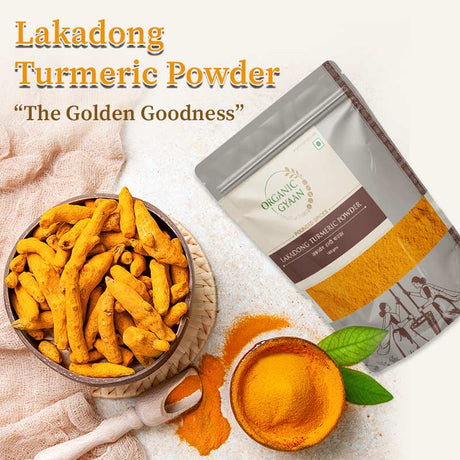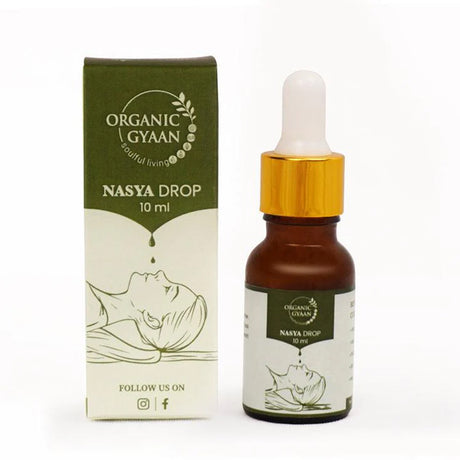```html
Dive into the world of green gram and unlock a treasure trove of health benefits, guided by rich Indian traditions and supported by modern science.
Historical & Cultural Context of Green Gram
Green gram, known as moong dal in India, has been a cornerstone of Indian diet since ancient times. It is mentioned in Ayurvedic texts and revered for its sattvic qualities, which promote a balanced mind and body. Green gram is a staple in traditional Indian cooking and is often part of religious rituals and fasts, symbolizing purity and nourishment. It was a preferred choice in the royal kitchens of ancient Indian dynasties due to its versatility and health benefits.
In South India, green gram is celebrated during Pongal and other harvest festivals, showcasing its cultural significance. This pulse not only holds a place in traditional dishes but also finds mention in ancient Indian literature as a metaphor for prosperity and good health.
Ayurvedic Perspective on Green Gram
In Ayurveda, green gram is highly regarded as an easy-to-digest food that is beneficial for those with a weakened digestive system. Its cooling and detoxifying properties make it ideal for balancing Pitta and Kapha doshas. Ayurvedic practitioners often recommend a green gram cleansing diet to eliminate toxins and support liver and kidney function. This pulse is also used in Ayurvedic skincare for its natural exfoliating and brightening properties, often included in ubtan, a traditional beauty treatment for brides.
Ayurveda suggests incorporating green gram in kichadi, a simple and nutritious dish made with rice and spices, to soothe the digestive tract and nourish the body, especially during illness or recovery. Its sattvic nature makes it an excellent choice for those seeking to enhance meditation and mental clarity.
Modern Scientific & Nutritional Perspective
From a nutritional standpoint, green gram is a powerhouse. It is packed with essential nutrients such as proteins, dietary fiber, antioxidants, and various vitamins and minerals. A 100-gram serving of cooked green gram provides approximately 24 grams of protein, which is crucial for muscle growth and repair. Green gram is rich in folate and magnesium, aiding in heart health and reducing the risk of hypertension[NIN 2022].
Scientific studies indicate that green gram's high antioxidant content helps in combating oxidative stress, which can reduce the risk of chronic diseases such as cancer and cardiovascular disease. Its low glycemic index makes it suitable for individuals with diabetes, as it helps in managing blood sugar levels effectively.
The soluble fiber in green gram also promotes gut health by acting as a prebiotic, feeding beneficial gut bacteria, and aiding in regular bowel movements. It is also noted for its potential to enhance skin health, with benefits in reducing acne and promoting an even skin tone due to its anti-inflammatory properties.
Practical Use Cases and Real-life Benefits
Incorporating green gram into the modern Indian lifestyle provides numerous advantages. It can be a versatile addition to meals, enhancing nutritional intake without adding excess calories. Many urban Indian households prepare green gram dosa, a delicious twist on the traditional rice dosa, which is both nutritious and satisfying. For working professionals, having a sprouted green gram salad as a midday snack can boost energy levels and concentration.
Green gram can also be used to make soups, stews, and curries, providing a hearty and nutritious meal that keeps you full longer. Its versatility allows it to be seamlessly integrated into various cuisines, making it an excellent choice for families looking to eat healthier without sacrificing flavor.
Green Gram vs Other Pulses
| Pulses | Protein Content (per 100g) | Fiber Content (per 100g) | Glycemic Index |
|---|---|---|---|
| Green Gram | 24g | 16g | 38 |
| Chickpeas | 19g | 8g | 28-32 |
| Lentils | 9g | 8g | 32-35 |
As seen in the table, green gram stands out not only for its high protein and fiber content but also for having a favorable glycemic index, which helps in maintaining blood sugar levels, thus suitable for diabetics and weight watchers.
Myths vs Facts About Green Gram
-
Myth: Green gram loses its nutrients when cooked.
Fact: Cooking green gram makes its nutrients more bioavailable, allowing your body to absorb them better while maintaining its high nutritional value. -
Myth: Green gram can only be consumed in savory dishes.
Fact: Green gram is highly versatile and can be used in sweet dishes such as payasam and laddus, offering the same health benefits. -
Myth: Consuming green gram daily is excessive.
Fact: Daily consumption of green gram as part of a balanced diet is beneficial and provides essential nutrients that are important for overall health. -
Myth: Green gram is difficult to digest.
Fact: When soaked properly and cooked, green gram is one of the easiest pulses to digest, making it suitable for all age groups.
Practical Tips: How to Sprout Green Gram at Home
Sprouting green gram enhances its nutrient content and digestibility. It's a simple process that can be easily done at home. Here's a detailed guide on how to sprout green gram:
- Soak: Begin by rinsing a cup of green gram thoroughly. Place it in a bowl and fill with enough water to cover the grains. Allow it to soak for 8-12 hours, typically overnight.
- Drain: After soaking, drain the water completely and rinse the grains again to remove any residual dirt or debris.
- Wrap: Spread the soaked grains on a clean muslin cloth, wrap it tightly, and place it in a warm, dark place such as a kitchen cabinet. Ensure the cloth is moist but not dripping wet.
- Rinse and Dry: Every 8 hours, rinse and drain the grains, ensuring they remain moist. Within 1-2 days, sprouts will begin to appear. These can be consumed raw or lightly steamed for added flavor.
For additional flavor, you can add a sprinkle of salt, lemon juice, and chopped coriander to your sprouts for a refreshing snack.
Buyer's Guide: Selecting and Storing Green Gram
When selecting green gram, opt for organic products with certifications to ensure you are consuming a pesticide-free product. Look for vibrant green color and avoid grains that appear dull or have signs of mold. It's essential to purchase from reputable local stores or online portals that guarantee quality. To maintain freshness, store green gram in airtight containers away from moisture and direct sunlight.
For a wide selection of organic pulses and grains, visit our pulses collection on Organic Gyaan to explore products that are sustainably sourced and quality assured.
Case Study: Ramesh's Journey to Health with Green Gram
Meet Ramesh, a 45-year-old IT professional from Bengaluru, who struggled with weight management and chronic fatigue. Inspired by a friend's suggestion, Ramesh began incorporating green gram into his diet, particularly as a breakfast sprout salad combined with seasonal vegetables and lemon dressing. Within a few months, he noticed a marked improvement in his energy levels and digestion.
Ramesh's journey highlights the transformative power of simple dietary changes. He credits green gram for helping him maintain a healthy weight and enhancing his focus and productivity at work. His success story is a testament to the potential of green gram in promoting a healthier lifestyle. Inspired by his success, Ramesh continues to explore various healthy food options at the Healthy Eating Blog.
Conclusion
Green gram is more than just a staple food; it's a pathway to improved health and wellness steeped in Indian tradition and modern nutrition science. By embracing green gram in various forms, from dals to sprouts, you can enhance your diet, support your health, and enjoy a multitude of culinary delights. For more insights and organic product options, make sure to explore the Organic Gyaan collections.
FAQ
1. What are the top health benefits of green gram?
Green gram is rich in protein and fiber, aids digestion, enhances immunity, and helps manage weight by keeping you full longer due to its low calorie yet nutrient-dense profile.
2. How is sprouted green gram more beneficial?
Sprouted green gram increases enzyme activity, enhances digestion, and boosts the nutritional content, particularly vitamin C, making it even healthier to consume.
3. What are the best ways to include green gram in the diet?
Green gram can be included in soups, salads, dals, and snacks. Sprouted green gram can be used in salads or as a healthy topping for various dishes.
```

